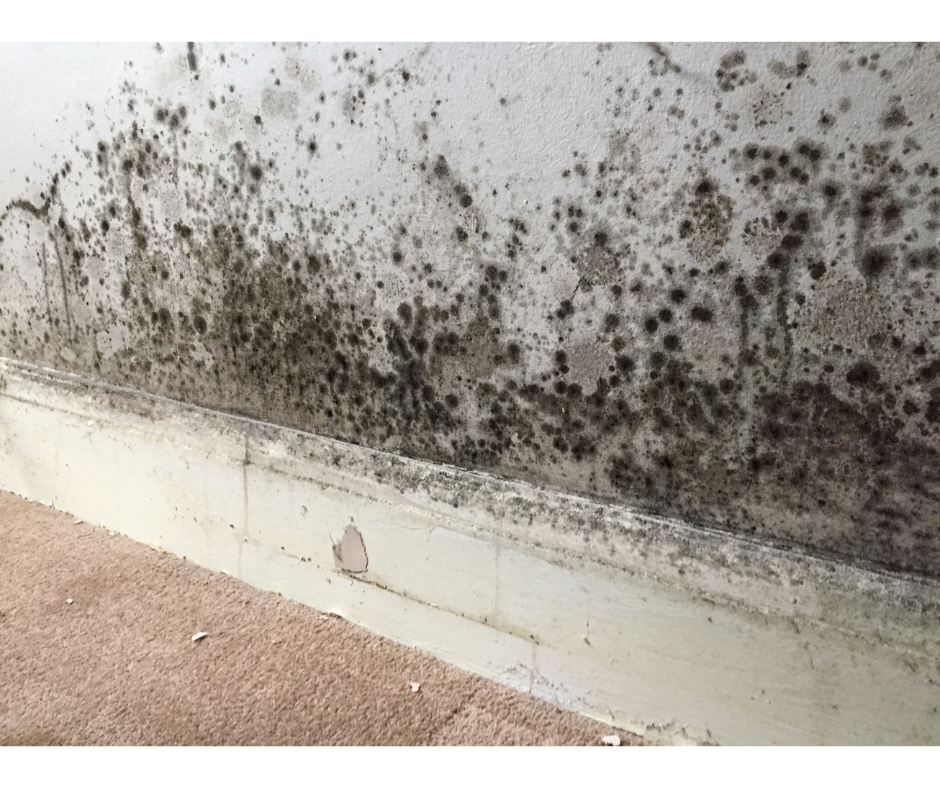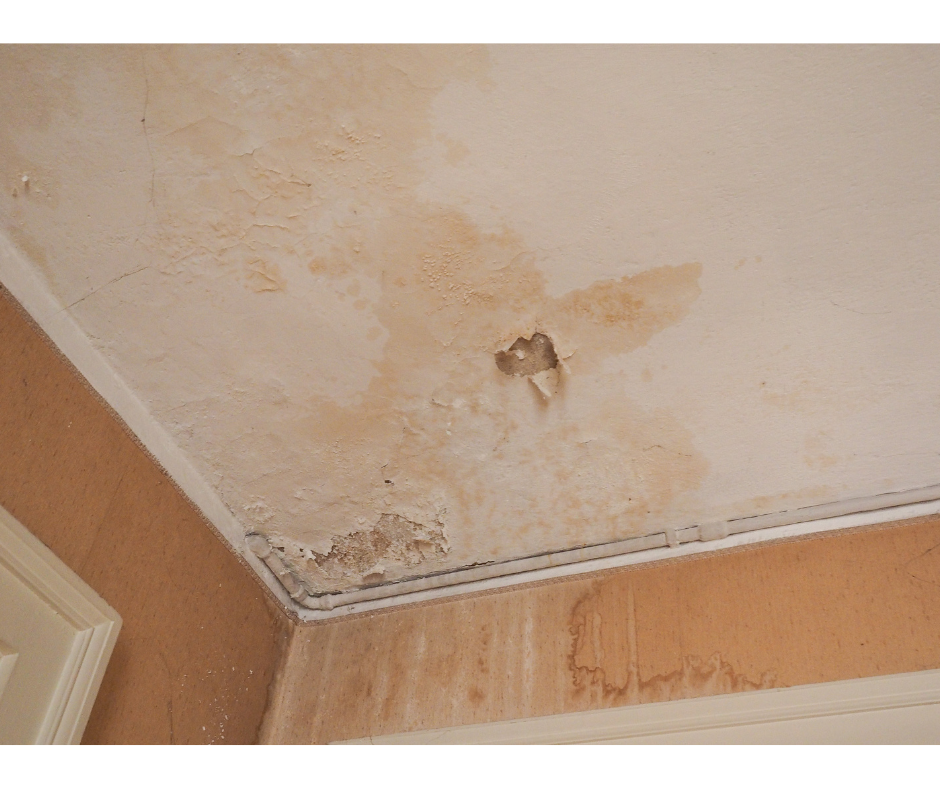
Condensation, Damp, and Mould
No one wants to live in a damp and mouldy home. Not only is it unpleasant and a risk to the property but more importantly it can cause health problems. Here is some information on condensation, damp, and mould as well as advice on how to report it to us.
Damp can cause mould on walls, windows, and furniture. Damp can be caused by:
- Condensation from moisture in the air collecting on surfaces
- Leaking pipes, wastes, or overflows
- Water coming in through a leaking roof
- Blocked guttering or damaged rain water pipes
- Rising damp due to a defective damp course. This “rises” from the floor
Some of these will need to be reported to us so that we can repair them. If you notice water damage, leaks, or damp in your home, contact us by ringing 0121 633 4633 or by using the form below.

Condensation
Many reports of ‘damp’ turn out to be caused by condensation, which is usually a result of the way we use our homes. Condensation happens when warm, moist air meets a cold surface such as a window, mirror or wall. The water vapour in the air turns back into water droplets on the cool surface.
Common causes of condensation
Moisture from kitchens and bathrooms is a major cause and affects other colder parts of the property. Common causes include too much moisture being produced in your home, not enough ventilation and the temperature in your home not being kept on to an even level temperature.
Can you reduce condensation?
It is possible to reduce condensation and moisture in the air collecting on walls, windows, and surfaces. By reducing condensation, you can reduce the risk of mould forming.
- Use a dehumidifier to reduce moisture in the air.
- Open your windows (especially in the bathroom and kitchen) once per day for a short period of time to let out excess moisture.
- Wipe up any condensation on your windows or other surfaces.
- Do not overfill your wardrobes or cupboards, it is important to let air circulate.
- Leave a gap between furniture and the wall. Check behind them when you can to make sure no damp or mould is forming behind them.
- Shut the door when cooking in your kitchen or taking a shower or bath in the bathroom.
- Use lids on pots and pans where possible.
- If you can, dry clothes outside or use a tumble dryer. If you have to dry clothes indoors, dry them in the bathroom with the heating and extractor fan on.
- If possible, keep a low background heat on all day as it will reduce condensation. By turning your heat down by 1 degree you can save hundreds of pounds per year and keep your home free from damp. If you are worried about paying your heating bills, visit our financial advice page.
If you are doing all of the above and still having problems with excess damp and condensation, speak to our contact teams or our housing officers.

Mould
What is mould?
Mould is a form of fungus that grows in a damp atmosphere. Mould will only grow on damp surfaces and in homes this is often caused by excess moisture from condensation or damp problems. It looks like black spots and is most commonly found in the kitchen, bathroom, and bedroom near windows or on outside walls.
What effect does damp and mould have?
Mould can worsen respiratory conditions like asthma or other lung complaints and can also cause or worsen allergies. This can be dangerous making you and your household seriously ill.
Mould can also damage the property and can indicate wider structural problems meaning it is really important that we can get access to treat it.
What should you do if you find mould in your home?
If you find mould in your home, it is important to do the following as soon as possible:
- Report mould in your home to us by ringing 0121 633 4633 or by using the form below. It is important that we know so that we can identify why you have mould and arrange for repairs to take place. We can also give you advice on how to reduce condensation, if that is found to be the cause.
- Take photographs of the mould showing where it is and the density. This can help us monitor it should it come back again.
- Check the rest of your home for any signs of mould especially behind wardrobes, beds, and around windows.
Tips for clearing mould
After reporting the mould to us, if you are able you can attempt to clear mould by:
- Using a mould killer, clean the mould off your property. Wear a mask and gloves while doing so. You can purchase these from many supermarkets. Repeat the process until all the mould has gone. The sooner you remove the mould, the safer it is for you.
- Paint over the area using anti-mould paint.
- Going forward reduce condensation by following the advice in the section above.
- Should the mould return contact us by ringing 0121 633 4633 or by using the form below.

Think you have damp or mould? Let us know by filling in the form below

